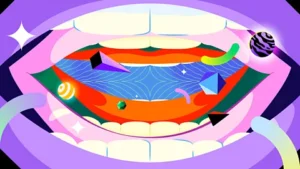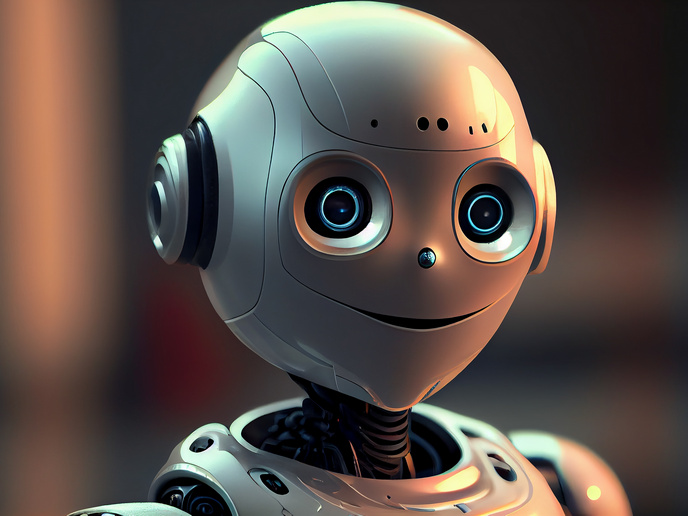From autonomous cars to complex medical diagnostics, Artificial Intelligence has taken giant strides in the last few years. But one of the more interesting questions is whether AI really understands or creates humour. With increasing sophistication of AI systems, the task given to them more and more has been to compose jokes, witticisms, and other humorous content. This paper presents capabilities and limitations of AI concerning humor by considering how machines are treating this unique human trait.

The Complexity of Humor:
Humor is something very complex and multifarious, which includes the understanding of contexts, social norms, and human emotions. Most of the times, it needs an emphasized sense of language, cultural references, and situational irony. Different from direct tasks like image recognition and data analysis, it requires a deeper cognitive process.
Key Factors of Humor:
- Timing: Knowing the timing for a jest or epigram.
- Context: Understanding the situation and the audience.
- Sensitivity to Cultural References and Norms: cultural sensitivity.
- Language Nuances: wordplay, pun, double entendres. For AI to be comically effective, it will have to handle these elements appropriately. This is not an easy task.
How AI Approaches Humor:
Humor generation in AI relies mostly on NLP and machine learning algorithms. Such systems are trained with vast piles of text data to detect patterns and structures in humor. Here is how AI generally does humor:
- Pattern Recognition: AI can comb through large datasets to identify trends in jokes and other comedic content. By grasping typical structures like punchlines and setups, AI can attempt to create its funny material.
- Contextual Understanding: The more advanced models can create relevant jokes based on the context. For example, conversational AI will infuse humor in a discussion based on the subject matter in the conversation.
- Use of Pre-Programmed Jokes: Such AI systems make use of existent and pre-fed jokes or other funny material within their algorithms. Therefore, it purely depends on a designed database of a set of jokes rather than thinking on its own creativity.
Success Stories and Limitations:
Although there are some notable cases of successful humor generation through AI, this is usually done with limitations. Chatbots and Virtual Assistants: There have been numerous examples of humor in chatbots at work as customer service tools. For instance, Siri and Alexa became famous for their quick wit in answering a user’s question. Such responses are of course pre-written rather than really spontaneous.
- AI Comedians: There have been a few AI systems developed that have done stand-up comedy. For example, AI comedian “Joking AI” has had routines that elicited laughter from audiences. However, the performances are normally based on algorithms following predefined patterns rather than creating totally original material.
- Generative Models: Tools like GPT-3 can generate jokes based on a prompt. While this model can produce funny content, very often it shoots wide of the mark—it proves that humor is an area difficult for AI to pursue. They might have been very funny on paper but end up not being so in real life due to the lack of world context or perhaps some kind of cultural sensitivity.
The Challenges of AI Humor:
Despite the mentioned developments, the challenges for AI humor are not few:
- Lack of True Understanding: AI lacks genuine emotional and social understanding. Yes, it can analyze and imitate the patterns but does not feel emotions or get humor like humans do.
- Cultural and Contextual Sensitivity: AI mostly lacks cultural nuances and situational contexts. Something that is funny in one culture is offensive or incomprehensible in another.
- Originality: AI can generate humor, but truly original and new humor is a challenge. Most of the time, this manifests in the recombination of learned patterns rather than a novel creation.
The Future of Humor in AI:
Further development in AI technology could bring improvements in making people laugh. Researchers are working toward an improved contextual understanding and emotional intelligence of AI, from which more advanced and relatable humor could originate. Improvements in NLP and machine learning could mean AI getting a finer sense of the subtleties in language and human interactions, which would render its attempts at humor effective.
Yet, the question of whether AI ever will— or even could—truly grasp the nature of humor remains open. After all, the threads of humor are intertwined with the human experience in so many ways—with emotions and social dynamic—things a machine can simulate only with the greatest difficulty.
Conclusion:
Impressive developments have been made in AI-generated humor, but significant limitations remain. While AIs can make jokes or wisecracks, it is usually not really capable of emotionally deep or culturally responsive humor. No doubt, with advancing technology, the ability of AI to be funny will only get better, but it still cannot replicate the richness and fullness that defines human humor. For the present, AI humor acts as an interesting experiment in the intersection between technology and human expression.
